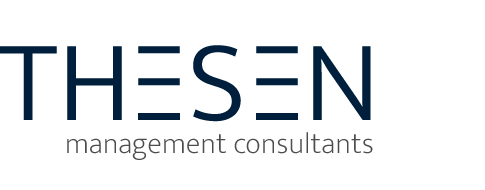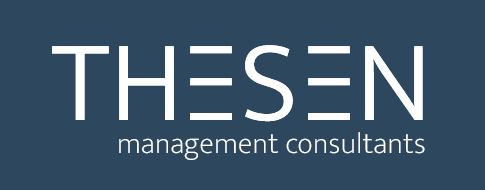PURCHASING CONTROLLING
by THESEN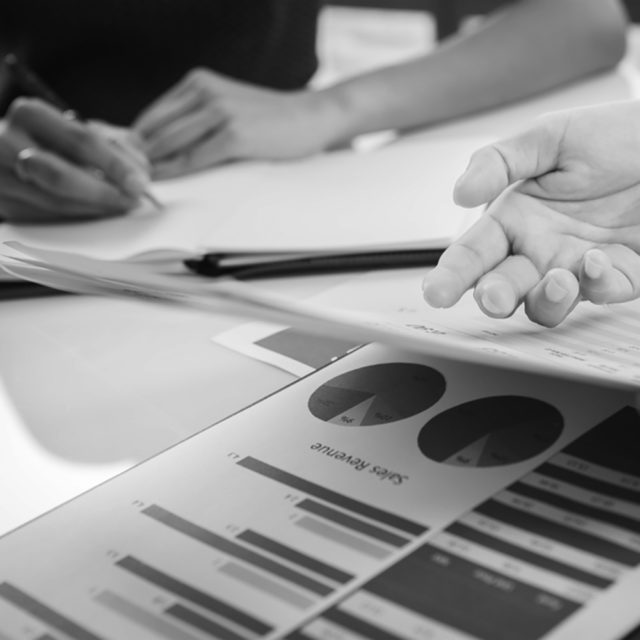
A soundly based purchase controlling will ensure long-term purchase success. THESEN will develop the appropriate solution for you.
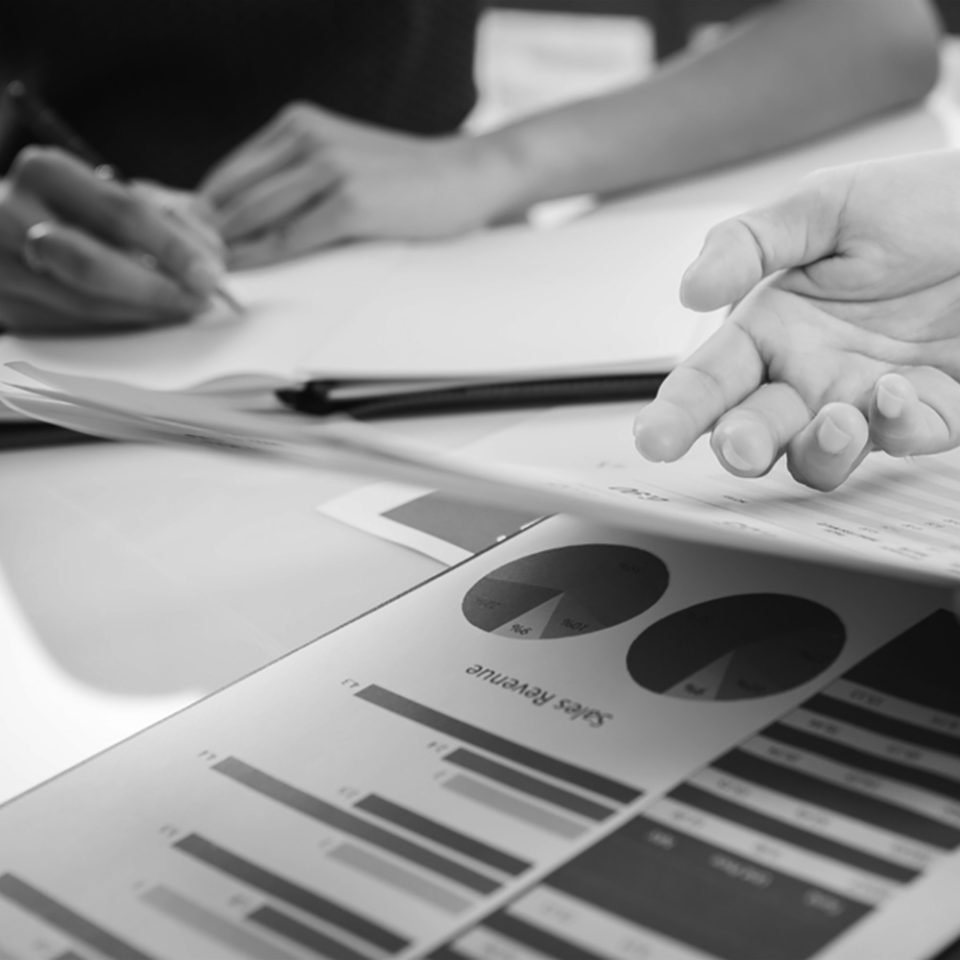
PURCHASING CONTROLLING
by THESENFundiertes Einkaufscontrolling sichert langfristige Einkaufserfolge. THESEN entwickelt die passende Lösung für Sie.
Which value added does purchasing controlling produce? A company’s economic development largely depends on qualified and appropriate decisions in Purchasing. The decision-making situation is becoming more and more complex while the cost pressure is remaining the same or even increasing.
Under these conditions, the issue of strategic procurement management is discussed at management level. However, in most of the companies, this strong interest in a successful purchasing is not reflected in an equally sound reporting and controlling system. If the procurement controlling is to maintain its function as business management steering and coordination instruments, its own position and the range of tools applied are to be reviewed. At the latest when dealing with emergency situations, the question will arise how effective the used controlling tools are.
CENTRAL QUESTIONS OF PURCHASING CONTROLLING
Purchasing controlling will help to answer the following questions:
- What is the relation between the tools applied and the purchase result?
- What does best practice mean for Purchasing?
- What does the value creation of Purchasing consist in and which costs must be balanced against it?
- Are there performance gaps and how can we fill it?
- Are there potentials and how can we use them?
THE MODULAR SYSTEM
Procurement controlling should always have a modular structure. Generally, you need to distinguish between an information and a reporting system. An information system supplies data relevant for controlling fields. A reporting system consolidates data by means of indicators.
By approaching and evaluating the purchase performance from different points of view, business indicators will become transparent and comprehensible. These data for steering the strategic purchase will be available almost in real time.
Important key information of a purchasing controlling will include:
- Negotiation success reached by Purchasing (purchase performance)
- Changes reached in the prices of materials
- Share of the evaluated purchase volume
- Change or increase of the master agreement ratio
- Process automation within Purchasing
- Reducing the maverick-buying ratio
- Staff satisfaction in Purchasing
- Internal customer satisfaction
- Adherence to schedule and quantity reliability of the suppliers
- Supplier quality
Controlling is the Key
The importance of controlling in purchasing will still increase since it is the key for shorter response times and for a high operational and strategic flexibility on the market. Hardly any company raises the question whether it will need this key, but rather when and how it will fit.
Purchase Optimization
by THESENGet to know us!
We look forward to your inquiry. We would be happy to present our solution approaches
and our methods to you in a personal conversation.
